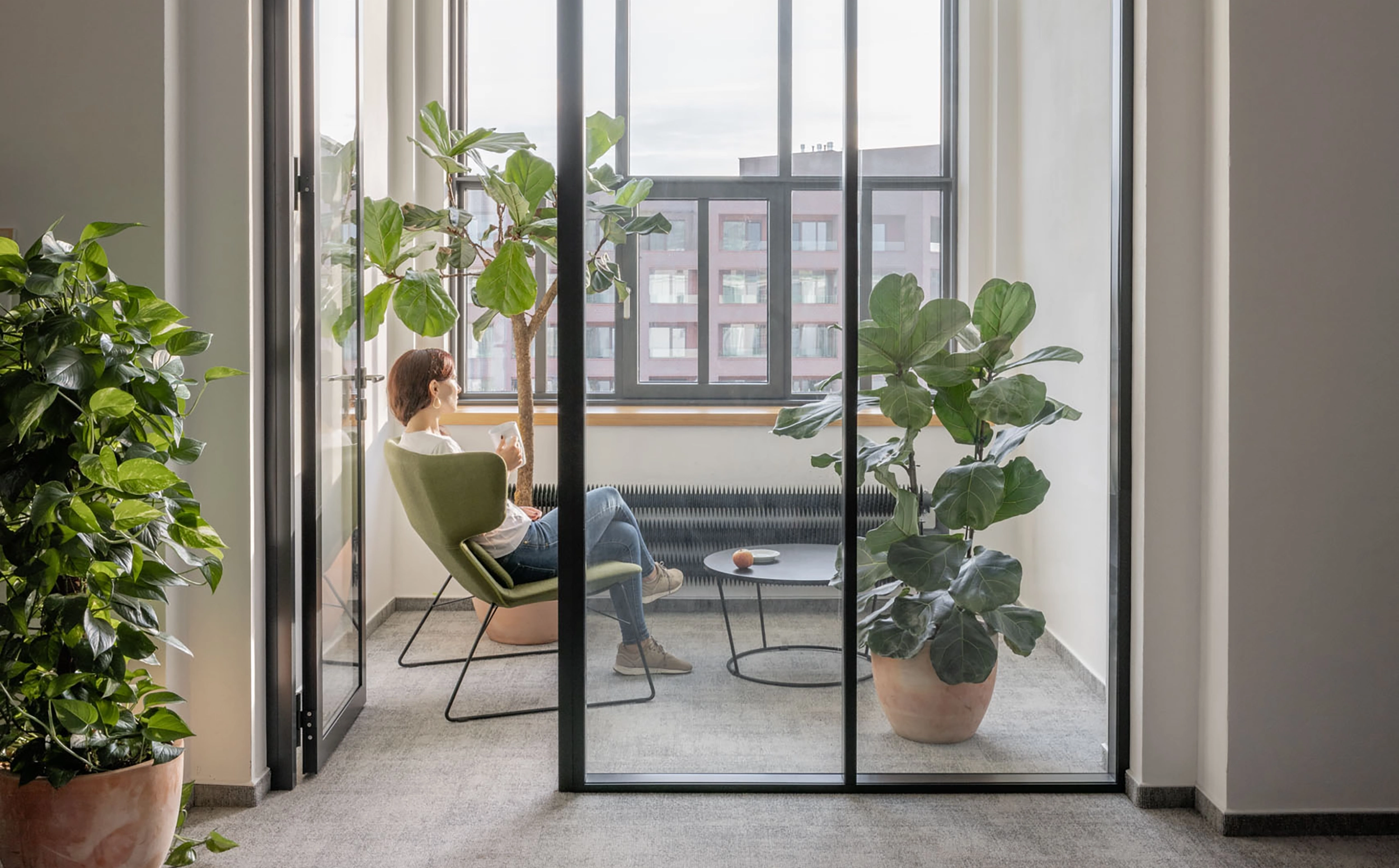Can privacy be achieved in the workplace with virtual meetings in progress everywhere? Prior to the pandemic, workplaces could be really noisy, especially given the practice that most offices like to clump departments together like sales or client services.
Now that we are post-pandemic, the same office structure remains, but the additional staff using Zoom or Teams to do their meetings has resulted in workspaces that are generally noisy throughout. Whilst not having to drive and meet people, especially at a time where loadshedding is the norm rather than the exception, and the lower risk of infection the benefits can end there.
Trying to find a space where you can comfortably have a virtual meeting and hear what is being said without a dearth of background noise, can be challenging. For those individuals that are working from home, this is slightly easier; but again, controlling ambient noise from neighbours and surroundings is not always possible. Many employees are on a hybrid work schedule, many of which would return to work full-time if they could have a dedicated workspace where they could shut the door.
Aside from noise, there are certain meetings that need to be done in privacy as confidential information is being discussed, and often staff are told that there are no private offices or workspaces where a confidential meeting can take place. With many offices downsizing and having desks or workspaces shared on a rotational basis has led many to feel somewhat disenfranchised.
According to the most recent survey by Steelcase, who are represented In South Africa by Giant Leap, when asked what’s become more important in the office now – compared to pre-pandemic – four of the top five were related to privacy and places to do individual work:
64% – Spaces for hybrid collaboration
62% – Single-person enclaves for hybrid meetings
61% – Privacy
58% – Workstations with full or partial enclosure
57% – Reservable workspaces
The research was conducted in 11 countries with 4 986 office workers.
This information, whilst not a huge segment, does show that with the advent of digital meetings, there needs to be more attention given to privacy. Although using headphones will reduce the amount of ambient noise in an office, the background chatter will still filter through to the other participants. Of course, using the mute function is a solution for most, but some participants have a block when using this and consistently forget to unmute themselves, which in itself can be extremely frustrating and lead to longer meetings.
The lean toward virtual meetings does make sense from an infection control perspective, however, post-pandemic, we are still relying on this form of communication rather than reverting to the face-to-face meetings of before. There are definite financial benefits to virtual meetings, primarily the reduced travel costs (if you have a car allowance, you may need to adjust this down or forego it entirely if you are no longer travelling), the time spent on travel is eradicated and thus some offices have seen staff become a lot more productive as a result. As mentioned, loadshedding and travelling from one area to another means a lot of plotting and planning to navigate the loadshedding schedule and plan a trip so that you aren’t caught in horrendous traffic; and then we have the gatekeepers at every corporate park where we need to leave a DNA sample and fill out tomes, just to gain entry – all of this takes time, aside from just the drive. Face-to-face meetings though, also have benefits (once you have navigated ESKOM and the gate-keepers). The transfer of ideas and information is a lot more fluid and dynamic; there is no need to yell “You’re on MUTE!” throughout a meeting, even if you want to.
Creativity and spontaneity are often a result of a random conversation and the exchange of ideas; it’s too easy to be distracted by emails and such coming in while we are in a virtual meeting, as most meetings are done on our primary work device, so other work comes in all the time.
Possibly offices can look at creating more sound-proof partitions so virtual meetings are a little less intrusive and a little quieter. Other solutions are to make booths available with a door that closes, they need only have a chair and a shelf, so would not take too much space but would be quite claustrophobic for some. Finally, risk the loadshedding and go back to face-to-face meetings, sometimes connecting with others is what is really needed to successfully do business.






